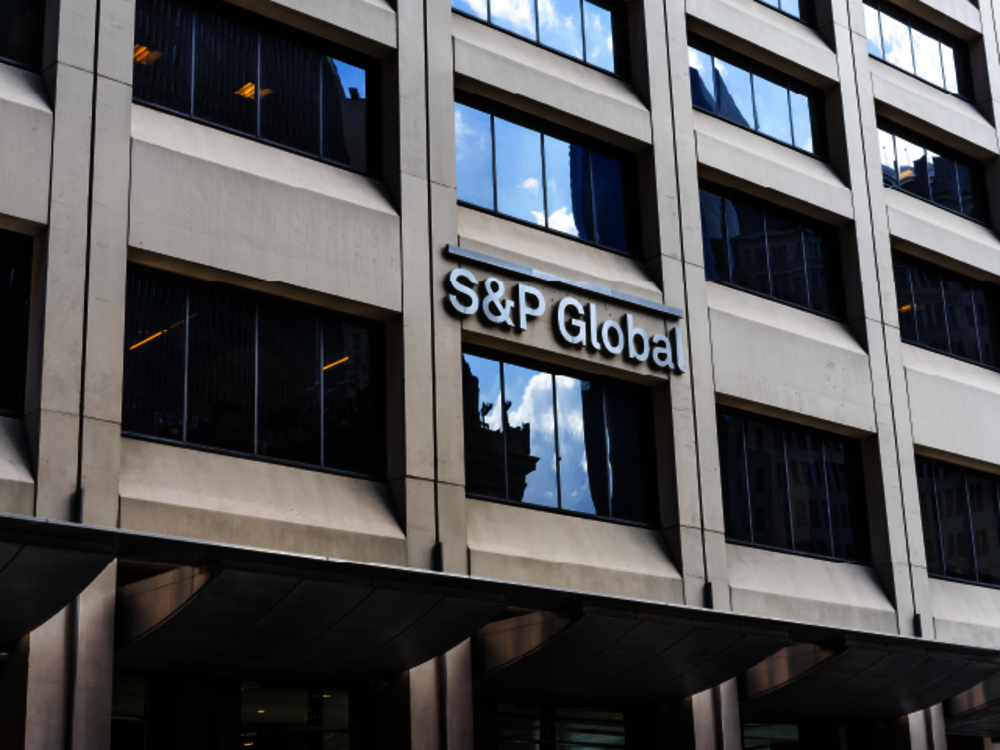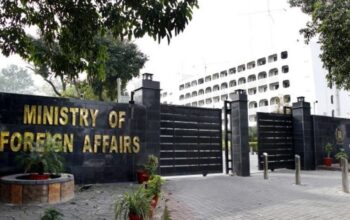By Staff Reporter
KARACHI: S&P Global Ratings cut Pakistan’s credit outlook to negative from neutral as the country’s external position weakens with higher commodity prices, the rupee’s depreciation and tighter global financial conditions.
The S&P affirmed its ‘B-’ long-term and ‘B’ short-term sovereign credit ratings on Pakistan, as well as ‘B-’ long-term issue rating on the country’s senior unsecured notes and Sukuk Trust Certificates.
“Pakistan’s external position weakens against a backdrop of higher commodity prices, tighter global financial conditions, and a weakening rupee,” said the agency.
Pakistan could be downgraded if support from bilateral and multilateral lenders quickly erodes or if usable foreign-exchange reserves fall further, S&P said in a statement on Thursday.
The Pakistani rupee has lost more than 30% of its value versus the dollar this year and the country’s dollar debt has reached record lows as it stares down to a $1 billion bond payment in December.
The nation is striving to stave off fears it will follow Sri Lanka into a default this year with the government working to secure billions of dollars from the International Monetary Fund and countries like China and Saudi Arabia.
“The Pakistan government has considerable external indebtedness and liquidity needs, and an elevated general government fiscal deficit and debt stock,” analysts including Andrew Wood wrote in the statement.
“Although the impact of these more difficult macroeconomic conditions has been partially mitigated by various reform initiatives undertaken by the government over the past few years, the risk of continued deterioration in key metrics, including external liquidity, is rising.”
Evidence of improvement could include a sustained rise in usable foreign exchange reserves. Pakistan’s domestic demand continues to recover, it is now facing a new challenge in the form of rising prices, particularly for staple goods, said the agency.
“Prevailing price dynamics, including costlier edible oils, fuel, electricity, and grains, are likely to hurt the pace of private consumption growth in the current fiscal year ending June 2023,” said the agency.
“The Pakistan government has considerable external indebtedness and liquidity needs, and an elevated general government fiscal deficit and debt stock.”
“Prevailing price dynamics, including costlier edible oils, fuel, electricity, and grains, are likely to hurt the pace of private consumption growth in the current fiscal year ending June 2023,” it said.
The S&P said while Pakistan’s domestic demand continues to recover, it is now facing a new challenge in the form of rising prices, particularly for staple goods.
“Although the impact of these more difficult macroeconomic conditions has been partially mitigated by various reform initiatives undertaken by the government over the past few years, the risk of continued deterioration in key metrics, including external liquidity, is rising,” the agency said.
“However, the current inflationary environment complicates the implementation of such policies. Achieving a primary fiscal balance surplus, and boosting its stock of foreign exchange reserves, will also be more difficult for the government to achieve against the current external backdrop,” said the agency.
The S&P said that with parliamentary elections due by August 2023, political uncertainty will remain elevated over the coming quarters.
“Although Pakistan’s security situation has gradually improved over recent years, ongoing vulnerabilities weaken the government’s effectiveness and weigh on the business climate.”
Copyright © 2021 Independent Pakistan | All rights reserved




